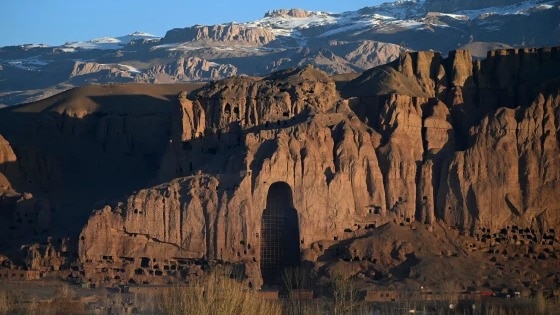Earlier this month, the visuals at the Delhi press briefing of Amir Khan Muttaqi, the Foreign Minister of Taliban-led Afghanistan, said it all. While the Taliban flag was before him, behind him was a painting of the hollow alcove of one of the Bamiyan Buddhas destroyed by the movement's earlier regime. The Taliban had in March 2001 destroyed the Bamiyan Buddhas using rocket-propelled grenades (RPGs), anti-aircraft guns, artillery, and dynamite. They "have been and remain shrines of unbelievers," Taliban's Supreme Leader Mullah Omar, who did the irreparable damage, once proclaimed.
advertisement
In 2025, the faint remains of the Buddhas still spoke at the Delhi press meeting. The Buddhas' alcoves mattered because they stood as unspoken mirrors. A reminder of what the Taliban once erased. The Buddhas' shadow mattered as they stood for what was once erased and what both Kabul and Delhi now hope to rebuild and reconcile with.
While diplomatic ties between India and the Taliban inch back toward a cautious normal, the Buddhas of Bamiyan tell a different story. Once symbols of peace and art along the Silk Road, and a part of the thread that bound Gandhara, Ganga and the Godavari together, what remains of the Bamiyan Buddhas today signals more towards ruin than restoration.
The Buddhas overlooking the Bamiyan valley are gone, and the huge cliff-cave complex is increasingly under threat from looting, encroachment, unauthorised constru
Continue Reading on India Today
This preview shows approximately 15% of the article. Read the full story on the publisher's website to support quality journalism.
